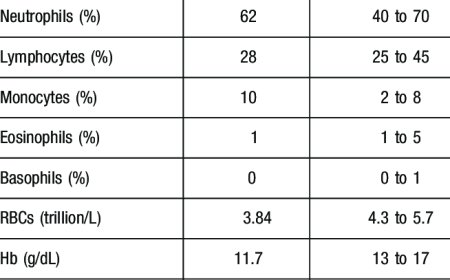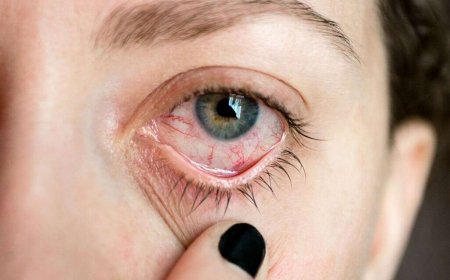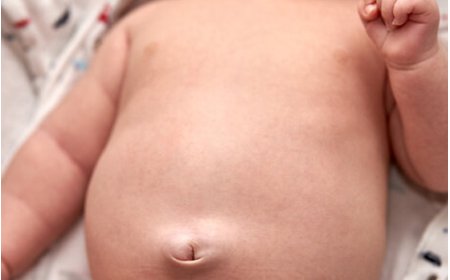Tardive Dyskinesia

Introduction:
Tardive Dyskinesia (TD) is a movement disorder that can affect individuals, including teenagers, who have been on certain medications for an extended period. In India, awareness and open communication about TD are essential to ensure early detection and appropriate management. This article aims to provide an understanding of Tardive Dyskinesia, its signs and symptoms, causes, risk factors, types, diagnostic tests, treatments, complications, and prevention techniques, explained in a simple language suitable for 10-year-old children.
What Is Tardive Dyskinesia? :
Tardive Dyskinesia is a neurological disorder characterized by involuntary and repetitive movements, mainly affecting the face, mouth, and tongue. It can result from the long-term use of medications known as antipsychotics or dopamine-blocking drugs.
How Is Tardive Dyskinesia Classified? :
Tardive Dyskinesia can be classified based on the affected body parts and the type of movements exhibited.
Signs and Symptoms:
Signs of Tardive Dyskinesia include:
- Involuntary movements of the face, lips, tongue, and jaw, such as lip smacking, tongue protrusion, and grimacing.
- Rapid blinking or uncontrolled eye movements.
- Jerking or twisting movements of the arms, legs, or torso.
Causes and Triggers:
The main cause of Tardive Dyskinesia is the prolonged use of certain medications used to treat psychiatric conditions, like schizophrenia and bipolar disorder. The risk of developing TD is higher in individuals who take these medications for an extended period.
Risk Factors with Examples:
Risk factors for Tardive Dyskinesia include:
- Medication Usage: Taking antipsychotic medications for an extended period increases the risk.
- Age and Gender: Older individuals and females may have a higher likelihood of developing TD.
Types of Tardive Dyskinesia with Detailing for Each Type:
Tardive Dyskinesia can be categorized into different types based on the movement patterns, such as:
- Orofacial Dyskinesia: Involving movements of the mouth, lips, and tongue.
- Limb Dyskinesia: Affecting the arms, legs, or trunk.
Diagnostic Tests and Treatments:
The diagnosis of Tardive Dyskinesia is mainly based on a thorough medical history and a physical examination. There are no specific diagnostic tests for TD, but healthcare providers may observe the movements and consider the individual's medication history.
Complications of Tardive Dyskinesia Prevention Techniques:
Preventing Tardive Dyskinesia involves careful management of medication usage. For those at risk, healthcare providers may consider alternative medications or lower dosages to minimize the chances of developing TD.
Talking with your teenager about Tardive Dyskinesia is crucial to raise awareness about this condition and promote early detection and appropriate management. By recognizing the signs and symptoms of TD, understanding its causes and risk factors, and emphasizing the importance of medication management, teenagers in India can be better equipped to take care of their health and well-being. Open communication and support from parents, caregivers, and healthcare professionals play a vital role in addressing Tardive Dyskinesia effectively and ensuring a better quality of life for those affected.
What's Your Reaction?
 Like
0
Like
0
 Dislike
0
Dislike
0
 Love
0
Love
0
 Funny
0
Funny
0
 Angry
0
Angry
0
 Sad
0
Sad
0
 Wow
0
Wow
0







































































